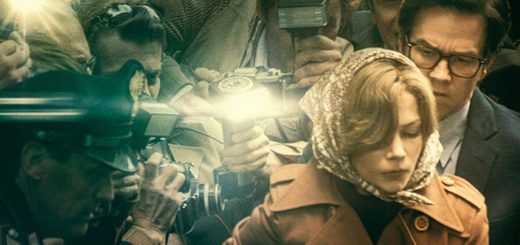CAPTAIN AMERICA: CIVIL WAR Review
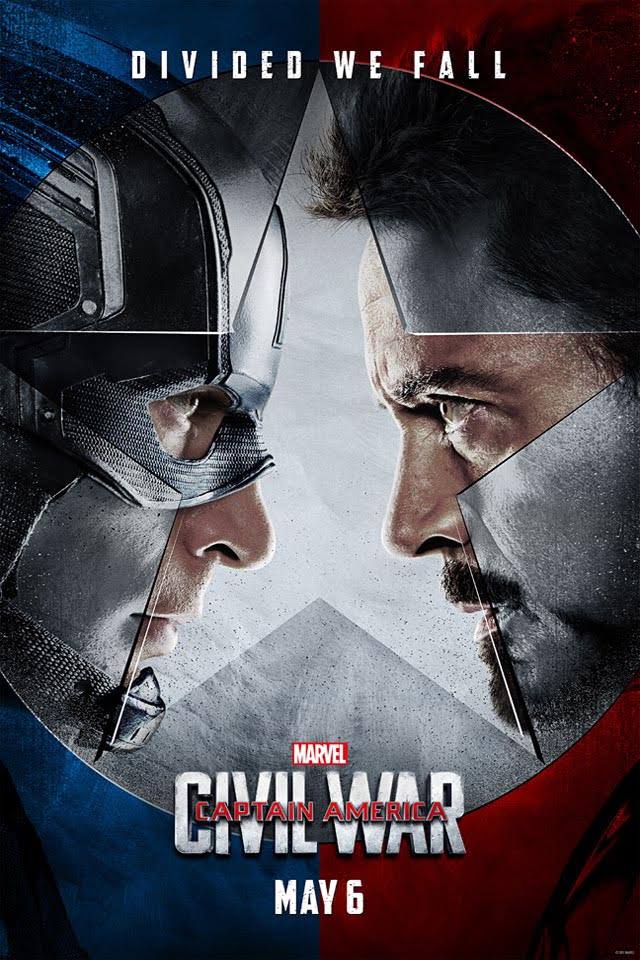 Directors: Joe and Anthony Russo
Directors: Joe and Anthony Russo
Genre: Superhero, Action
Year: 2016
Steve Rogers has always been held to a certain high regard in my eyes since his second adventure, CAPTAIN AMERICA: THE WINTER SOLDIER. Apart from being one of the few Marvel films that felt like a timely update for contemporary viewers, through its allegorical commentary on government surveillance and the NSA, it’s also always felt significantly more authentic than its peers, mostly because Chris Evan’s hero doesn’t have any nifty tricks or gadgets. Unlike The Hulk or Thor, Captain America films have never been a matter of mindless bashing, featuring some of the most exciting choreography in the franchise and coming the closest to the physicality of some the most impressive action films of the 2010’s, notably THE RAID: REDEMPTION and its phenomenal sequel.
Before setting foot into the Dolby Atmos screening of CAPTAIN AMERICA: CIVIL WAR, I went to the bathroom to offload some bodily fluids. You know you’re watching a Marvel film if a bathroom stop is mandatory prior to the film’s commencement. After all, I’m not some jabroni who steps out of the theatre halfway into the screening. It was also at this moment that I started to recall everything I’ve grown to loathe about Marvel: the endless insistence on canonical expansion and their refusal to let films just be standalone features. But I wasn’t going to let this bias hamper my experience of CAPTAIN AMERICA: CIVIL WAR. CAPTAIN AMERICA: THE WINTER SOLDIER still stands proudly as the finest superhero film in the Marvel Cinematic Universe, if not of all time, closely tied with THE DARK KNIGHT, a film that is only loosely glued to the superhero formula. Little did I know, I was in for quite a treat.
A lot will be said in CAPTAIN AMERICA: CIVIL WAR’s favor in the coming months. The film is a miraculous character study for Marvel’s cinematic universe, and a brilliant clashing of ideologies. But somehow, despite everything this film does right, it still falters on occasion. This latest installment loves that it is the culmination of a dozen films’ worth of world building, and rightfully so. What’s disappointing is that it doesn’t let up on further expansion just once, opting for a route that will usher in a new wave of Marvel films that are rooted in the fallout of Stark vs. Rogers. While this isn’t conceptually a bad idea, it certainly prevents CAPTAIN AMERICA: CIVIL WAR from functioning as a perfectly succinct, standalone piece of entertainment. What’s disappointing is that this seems like an issue that will never be addressed or resolved among the growing canon of Marvel films, because frankly, audiences seem to love it.
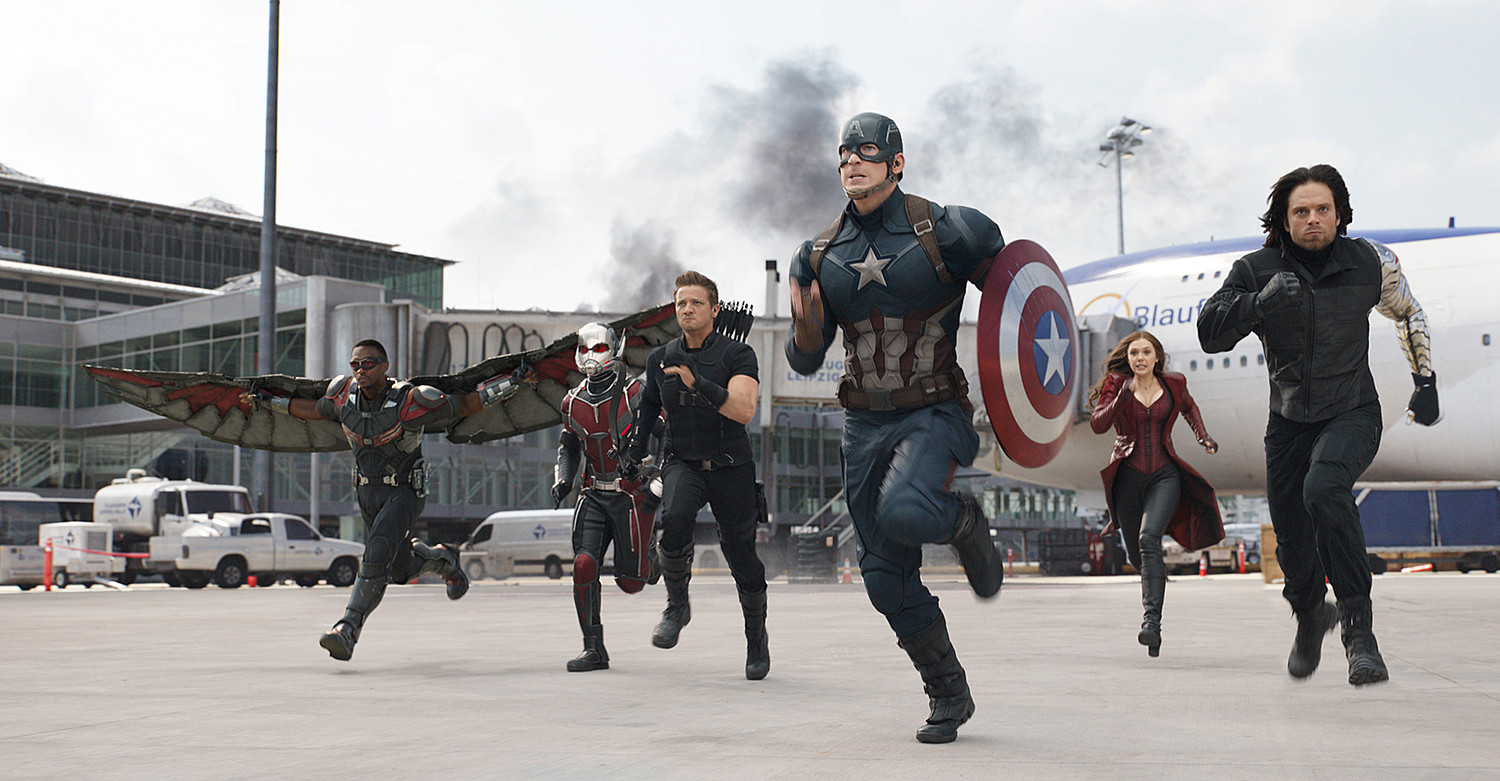
Anthony Mackie reprises his role as rapper Birdman
Nibbling through my large popcorn, I wore my 3D glasses like some thick-framed buffoon, bathing in the visual glory of an obligatory opening action sequence, set in the fictional African country of Wakanda. I never quite understood why America can just be America but African, Eastern European, and Middle Eastern nations need some pathetic fictional designation, but I wasn’t going to throw a stink about something already embedded in comic lore.
However, I did throw a fit about something else during this scene. Let’s break down the opening real quick — Chris Evans and Co. track a nefarious villain in his pursuit to steal a dangerous chemical weapon. After an elongated chase through city streets with exponential collateral damage, the sequence ends, only to quickly serve as the inciting incident that reminds viewers of all the innocent lives The Avengers take in their pursuit of justice, law, and order. If that isn’t a beat-for-beat rebuild of CASINO ROYALE’s exceptional opening, I don’t know what is.
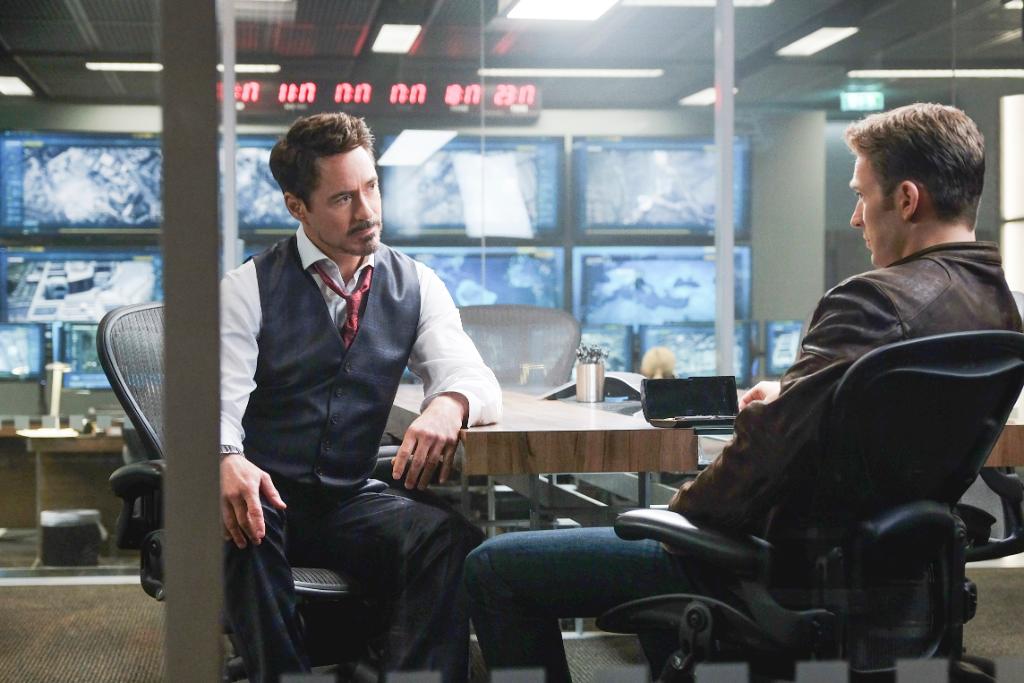
“You’re telling me we can just… copy and paste a 007 movie?”
Traditionally this wouldn’t even really be much of a complaint. After all, duplicated narrative threads from other highly successful films are a dime a dozen, but what directors Joe and Anthony Russo ought to have noted is that their film clocks in at a whopping two and a half hours. After having stepped out of the theatre, physically drained from the sheer visual input on my synapses, it felt mandatory to consider how much CAPTAIN AMERICA: CIVIL WAR wasted my time on content that wasn’t paramount to the film’s core conflict.
Shockingly enough, it only took me a good 10 minutes to figure out exactly where the Russos’ should have made significant compromises in favor of narrative coherence. Firstly, the opening sequence should have been lifted in its entirety. It only serves the purposes of reaffirming that The Avengers leave thousands of dead civilians in their wake. This message could have seamlessly been relayed in a five minute opening sequence at the UN conference that takes place later in the narrative. Some might claim that the Wakanda opening scene is an inciting incident for the film’s entire plot, but isn’t the real inciting incident the entirety of THE AVENGERS: AGE OF ULTRON? Either way, audiences don’t need a scene where one building explodes to remind us that these superhumans have basically leveled Manhattan and Sokovia already.
Now while removing the opening might trim a solid 20 minutes out of the film, I actually feel that CAPTAIN AMERICA: CIVIL WAR would have worked best as a 100-minute action caper, with its sights set solely on Evans and Downey Jr. As such, it feels paramount to remove Spider-Man and Ant-Man from the equation entirely. New recruit, Tom Holland, does an absolutely phenomenal job as Spidey in his short time on screen, and under the right directorial hands can easily top Sam Raimi’s excellent second installment. What is unequivocally clear, though, is that Holland’s segment is nothing but an elongated trailer teasing 2017’s SPIDER-MAN: HOMECOMING. The inclusion of Paul Rudd is also nothing but fan service and comic relief, and as much as I adored all of their segments on screen, they felt wholly unnecessary to the greater plot.
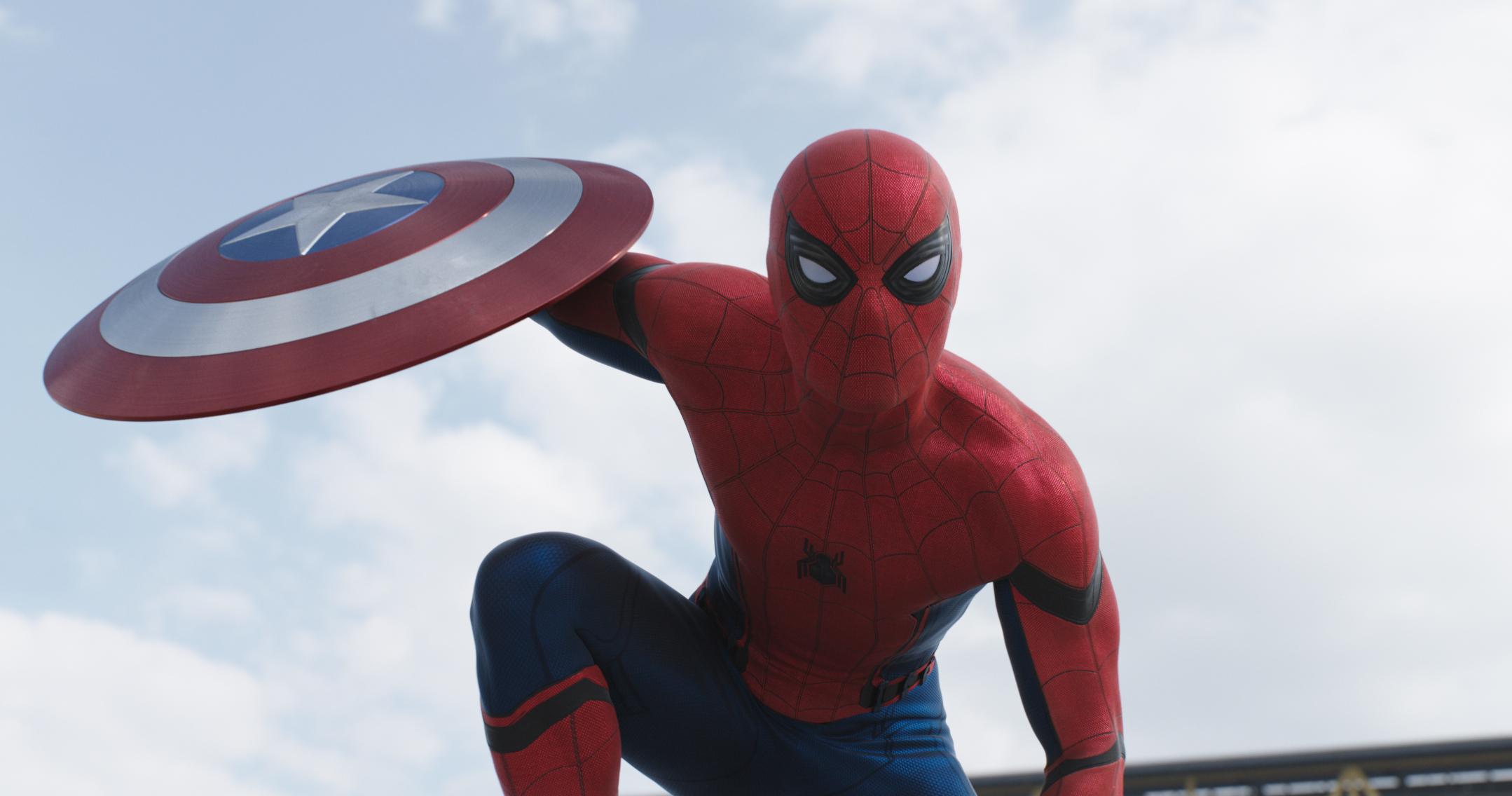
Prepare to watch grown men beat the living shit out of a teenager
This becomes doubly disappointing when the film’s penultimate action scene kicks in: an explosive, gargantuan sequence set in a Leipzig airport, in which all our favorite heroes come head to head. This might be the single best action scene ever developed in a Marvel film, understanding the intricacies of each hero’s powers, and finally allowing viewers to fully grasp that this hypothetical battle would result in an endless match of Rock-Paper-Scissors (so long as THOR and THE HULK are absent of course). But even this scene isn’t perfect.
The problem here is that it feels like a finale to an epic buildup, yet it’s awkwardly clumped into the second act break, leaving viewers with a great but less rewarding final battle. To a degree, some of these action set pieces feel like non-sequiturs to the actual narrative, but thanks to the film’s propulsive dialogue and high stakes, one can justify why these scenes need to exist. However, what really doesn’t work with the Leipzig scene is that this set piece never feels like it was written for CAPTAIN AMERICA: CIVIL WAR in the first place. In fact, it reads like fan fiction, a desperate attempt to build a hypothetical action sequence between Team Stark and Team Rogers, lazily shoehorned into an otherwise gripping narrative. And although this scene is an undeniable all-timer for the Marvel canon on a visual front, it’s also decidedly useless to the film’s greater narrative.
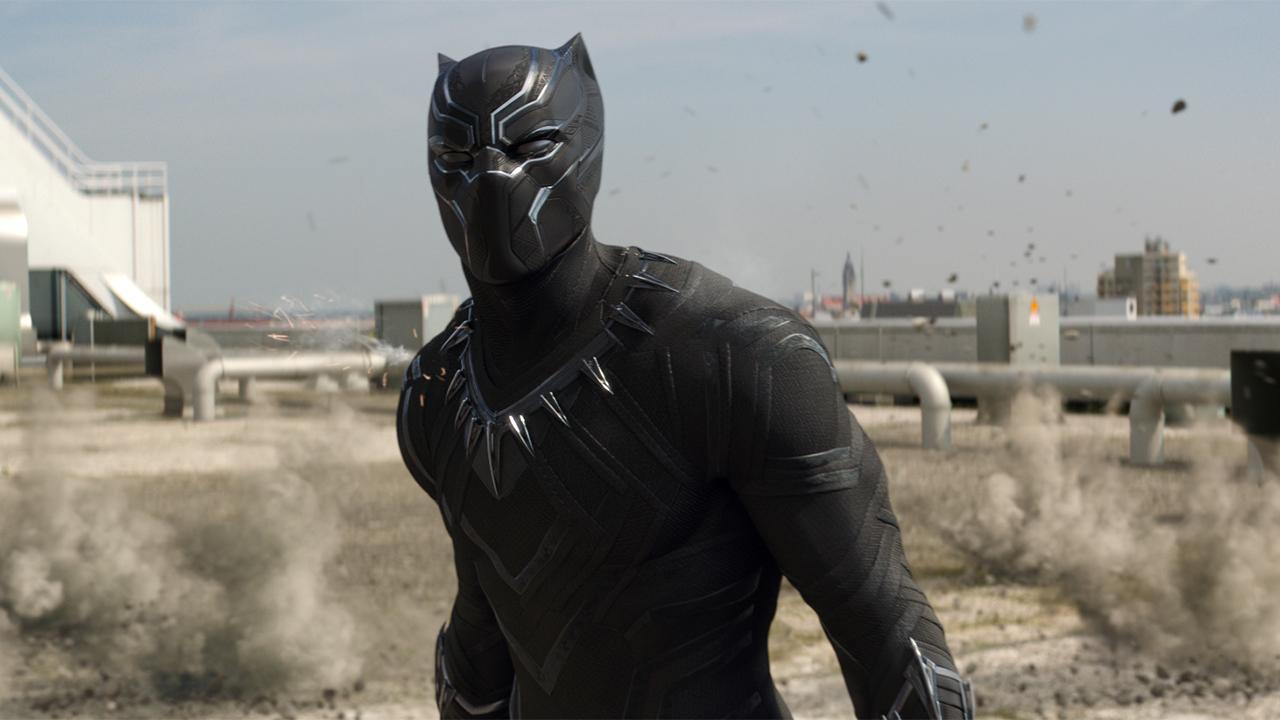
The only reason the black man doesn’t die first is because he signed on for sequels
To say that there’s a lot going on emotionally in CAPTAIN AMERICA: CIVIL WAR would be an understatement. Downey Jr. and Evans each face severe internal conflicts, protecting and fighting against their own beliefs in the process. The single most impressive achievement in Marvel’s 2016 installment is that it goes above and beyond Joss Whedon’s AVENGERS installments, delving into the mindsets and prerogatives that drive our heroes. Where Whedon analyzed each Avenger’s interactions with one another on a personal level, the Russos delved deeper into what drives them to fight in the first place. Viewers begin to understand which heroes stick firmly to their ideals and which can be swayed, brilliantly pitting Evans and Downey Jr. at the forefront of this battle, since each represents an equally egotistical extreme of the American hero. As such, the dialogue sequences in CAPTAIN AMERICA: CIVIL WAR are without a doubt the best in Marvel history, and quite possibly the best segments of the actual film. While audiences will surely adore the spectacular action scenes, they’re given purpose through the excellent writing.
Quite honestly, I’m fascinated by CAPTAIN AMERICA: CIVIL WAR. It’s certainly the most ambitious Marvel film of all time, featuring both the best action scenes put on screen by the studio, as well as the most emotionally complex narrative thread, allowing for Evans’s old time American values to clash with Downey Jr.’s newfound pacifist desires and internal loneliness. The ideologies on display here are incredibly rewarding, and the sharp dialogue only reaffirms the fact that the CAPTAIN AMERICA franchise is leaving its mark as the most intellectually stimulating Marvel series. Though it never allows for itself to be quite as standalone as its predecessor, nor as allegorically timely, the Russo’s have quite possibly crafted the most invigorating Marvel release yet, though they certainly could have benefited from a helping hand in the editing room.
Verdict: Recommend

